
Pulp is Essential to Growing Teeth
Dental pulp inside your tooth can incur damage due to untreated cavities, trauma and prolonged toothaches (pulpitis). Vital pulp therapy is a treatment that aims to preserve and maintain comprised pulp tissue that isn’t dead. Endodontists treat dental pulp disease with vital pulp therapies such as indirect and direct pulp capping, pulpotomy when inflammation is limited to the crown, or pulpectomy when inflammation has spread to the tooth root. At Southwest Endodontics & Periodontics, Inc., our skilled endodontists combine advanced technology and a compassionate touch to deliver tooth-saving pulp capping, pulpectomy and pulpotomy in Broadview & Macedonia, OH, customized to your unique problem.
Dental Pulp is Essential to a Healthy Smile
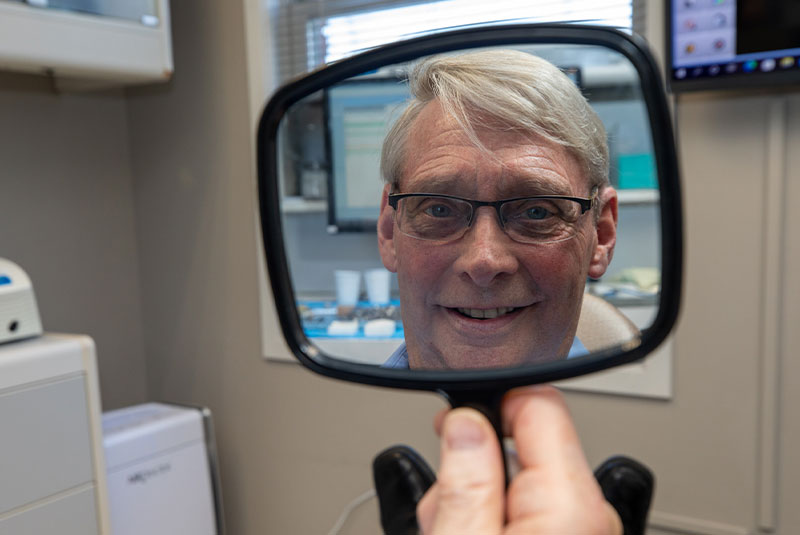
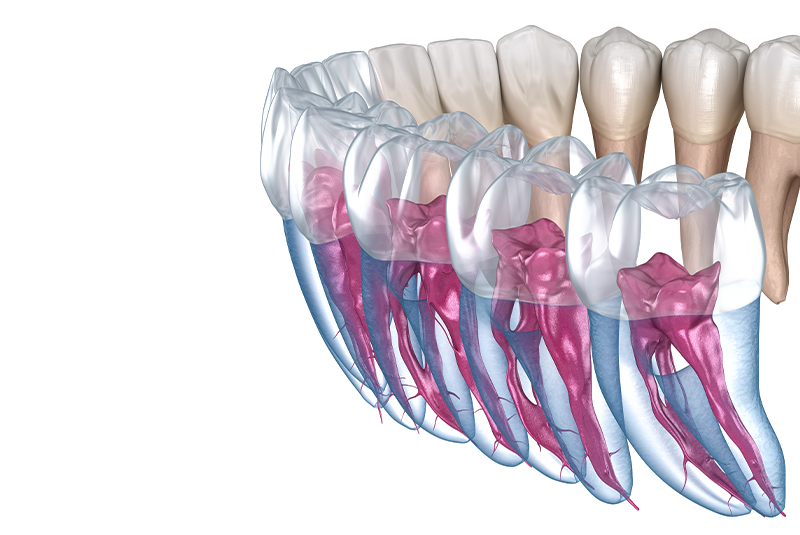
What is a Pulpotomy?
Pulpotomy techniques for primary (baby) teeth have been a standard in pediatric endodontics for decades. The goal of a pulpotomy is to preserve the radicular pulp, prevent pain and swelling and ultimately prevent tooth extraction. The infected part of the nerve tissue within the crown portion of the tooth is removed to prevent further inflammation and the spread of decay. Next, a sedative material is placed in the tooth to prevent bacterial growth and calm the remaining nerve tissue. After a pulpotomy in primary back molars, a stainless steel crown is placed to re-establish normal oral function and continue to hold the space until the child’s permanent tooth erupts. On upper front teeth, either a stainless steel crown or a white esthetic stainless steel crown is used.
Pulpotomy, Step by Step
- Tooth is numbed with a local anesthetic and sedation if needed
- Tooth is isolated by placing a rubber sheet (dam) around it
- Pulp chamber is accessed by creating a small opening in the tooth
- Pulp tissue is removed
- Small cotton ball soaked in medication is placed over the pulp chamber opening
- Temporary filling is placed in the space left in the tooth
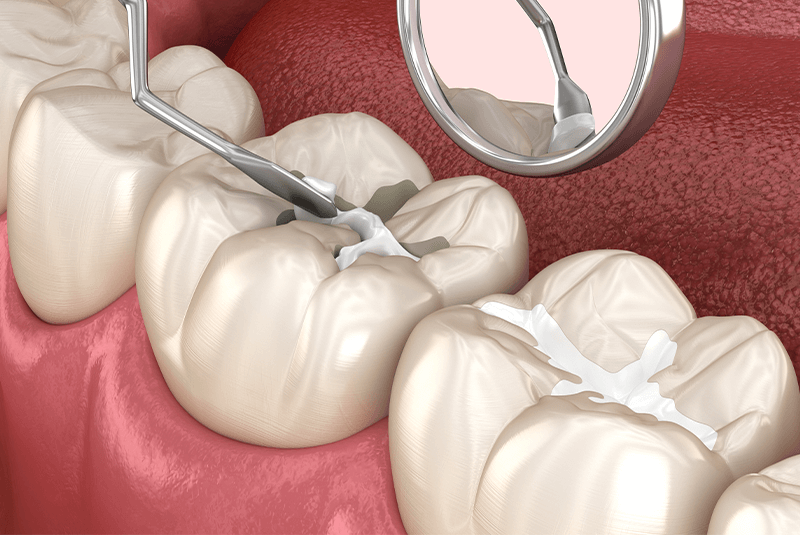
Different Sealant Materials
The American Academy of Pediatric Dentistry (AAPD) recommends both formocresol and mineral trioxide aggregate (MTA) for the management of pulp exposure in immature permanent teeth to achieve continued root formation and closure of the apex. Formocresol has been used for vital pulpotomy in primary teeth for over 80 years. Its efficacy has been extensively studied, with clinical success rates ranging from 70–100%. MTA, a hydraulic dental cement derived from Portland cement, was first introduced in the 1990’s as a sealing agent and has achieved similar success rates.
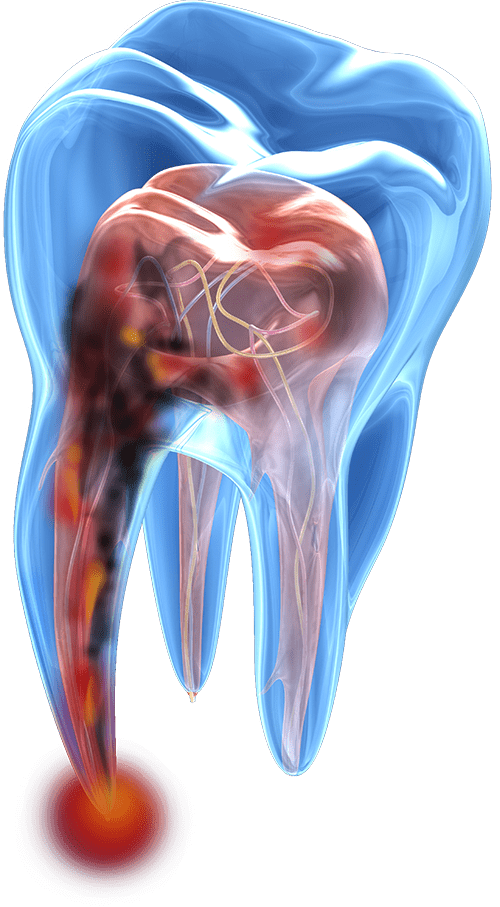
Pulpotomy in Permanent Teeth
In mature permanent teeth with irreversible pulp inflammation, root canal is typically the treatment of choice. Yet studies confirm that coronal pulpotomy is an evidence-based, safe and predictable treatment for permanent teeth with irreversible pulpitis as a substitute for root canal therapy. One study concluded the success rate was up to 90% in MTA pulpotomy performed in permanent teeth in children that were indicated for root canal therapy. Another study reported success rates of 100% at one year and 92.7% at three years after MTA pulpotomy in mature permanent teeth in which pulp was exposed due to decay.
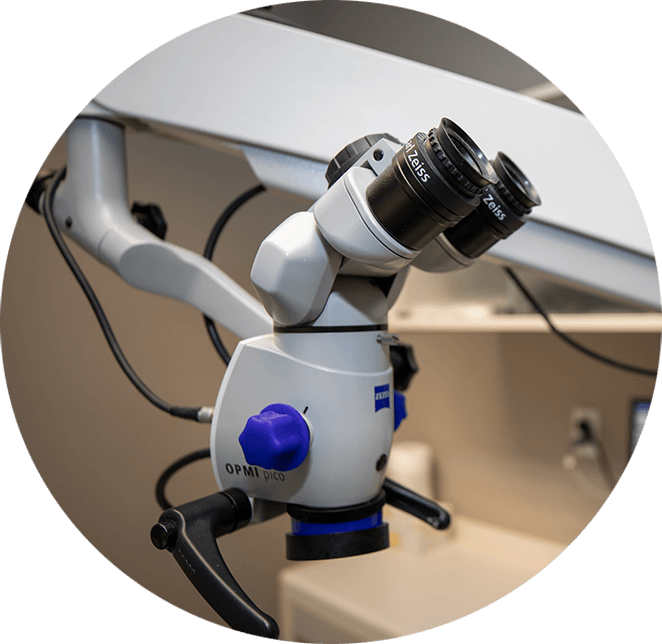
Partial and Complete Pulpectomy
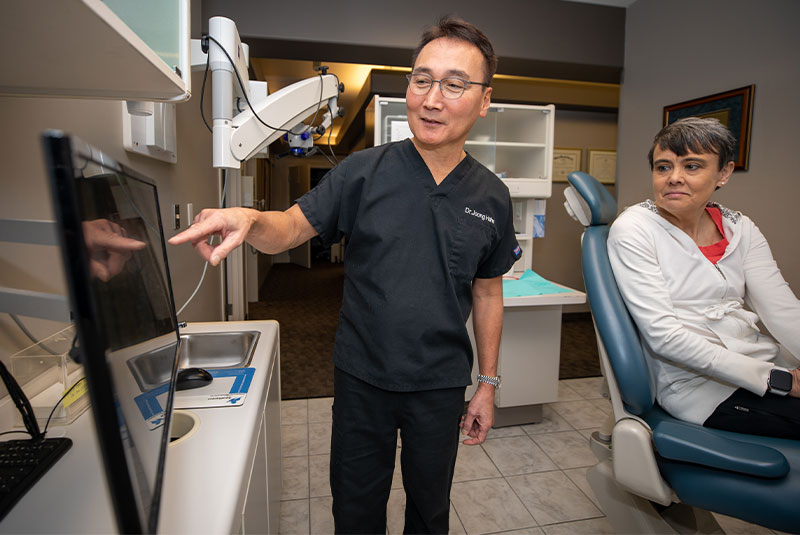
What is a Pulpectomy?
Pulpotomy vs. Pulpectomy
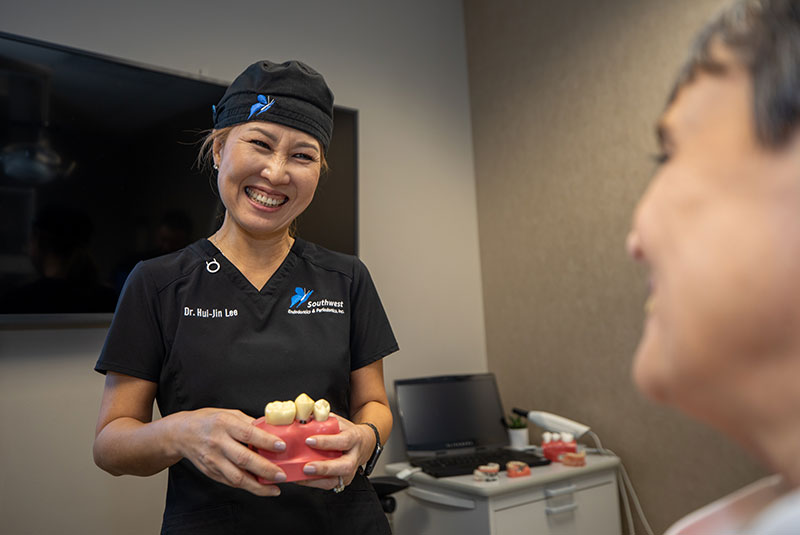
What is Pulp Capping?
What is Pulp Regeneration?
Straighten up your smile!
Book an appointment to discuss your orthodontic options in Broadview & Macedonia, OH!

